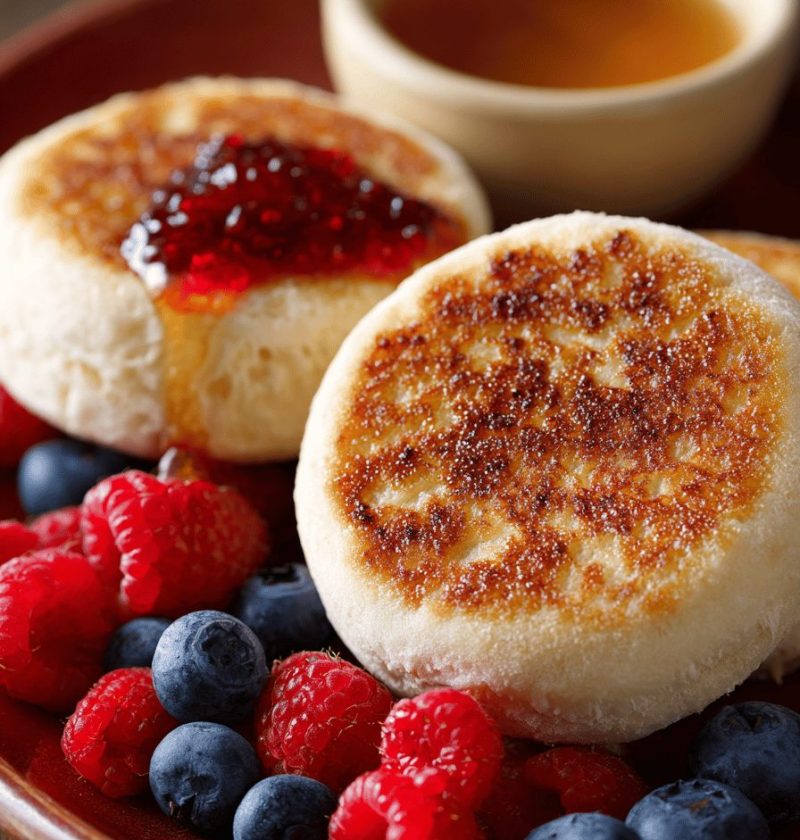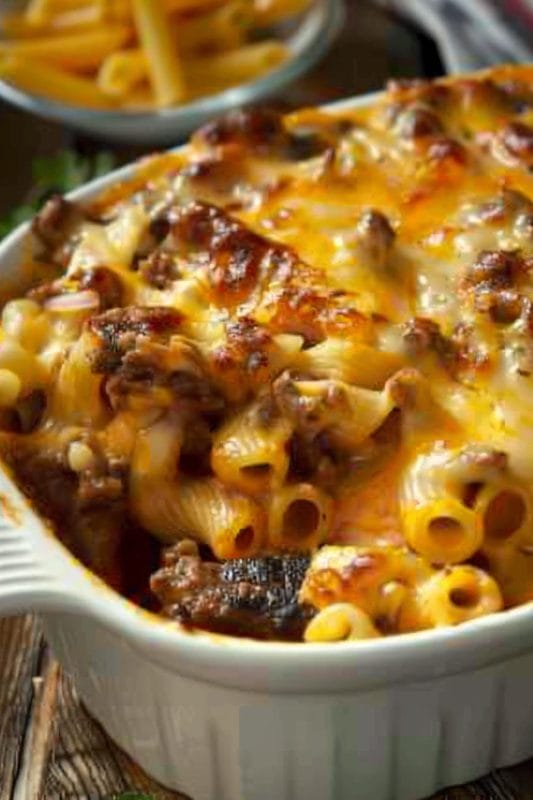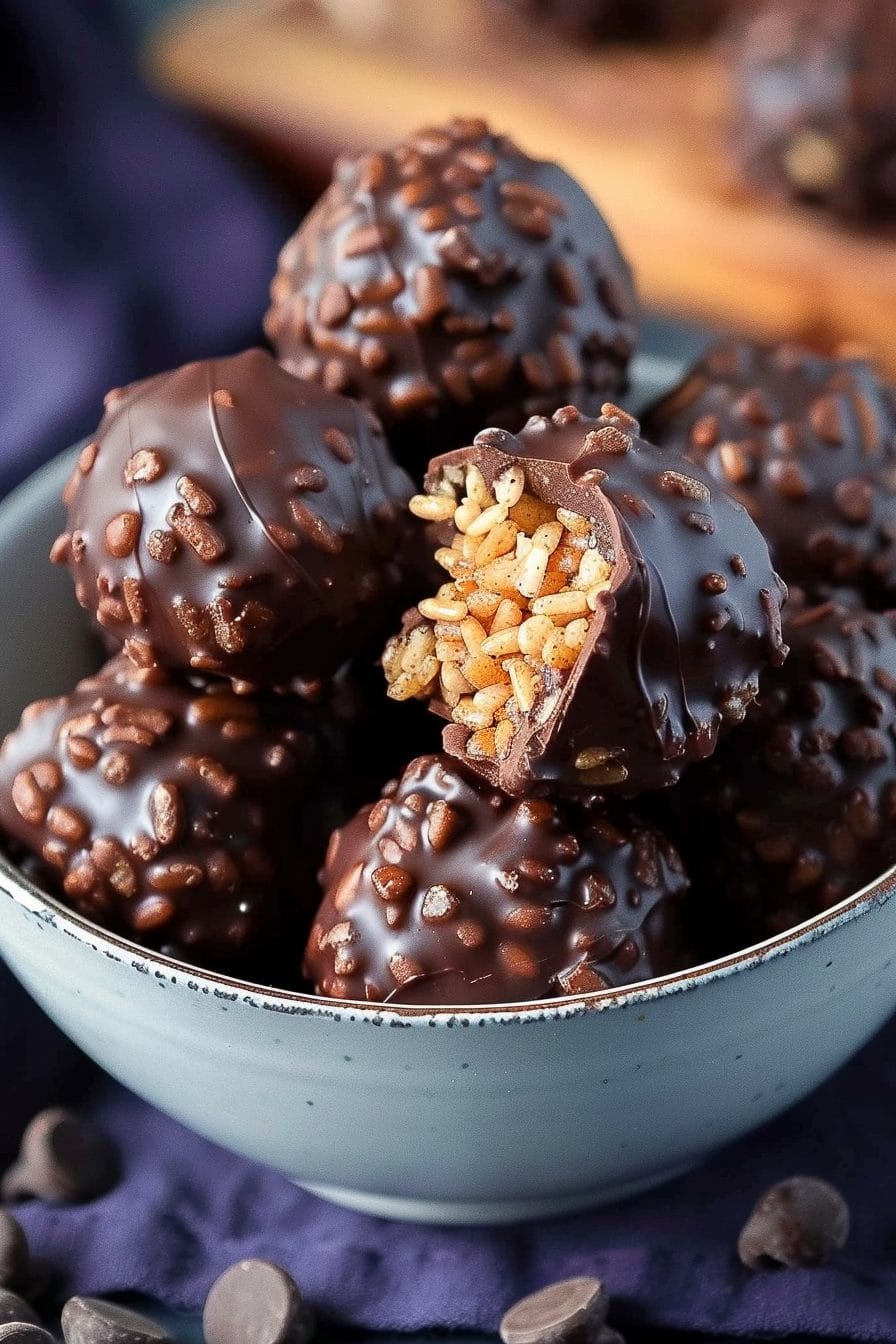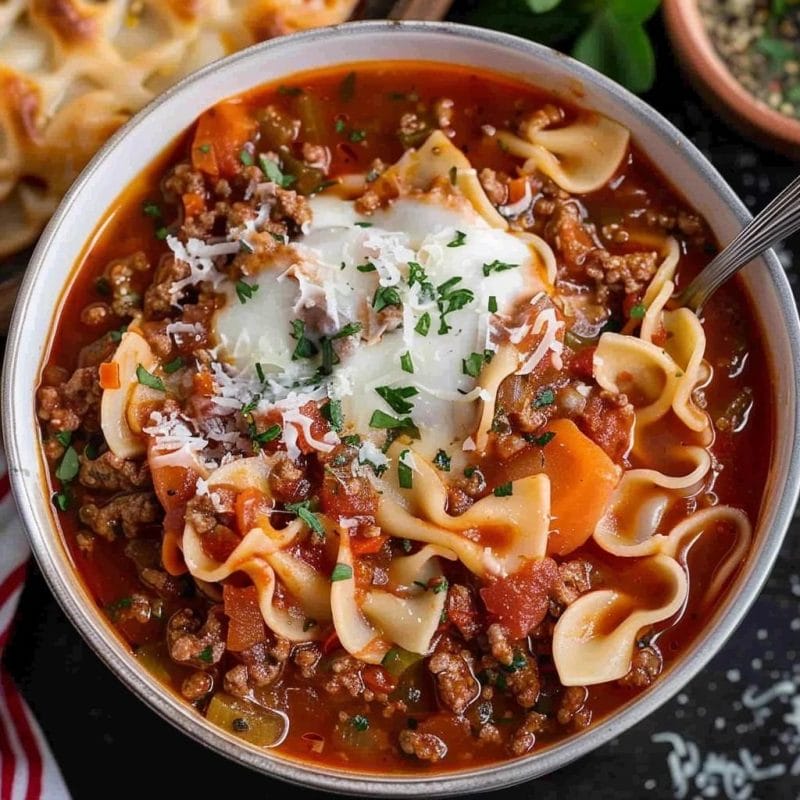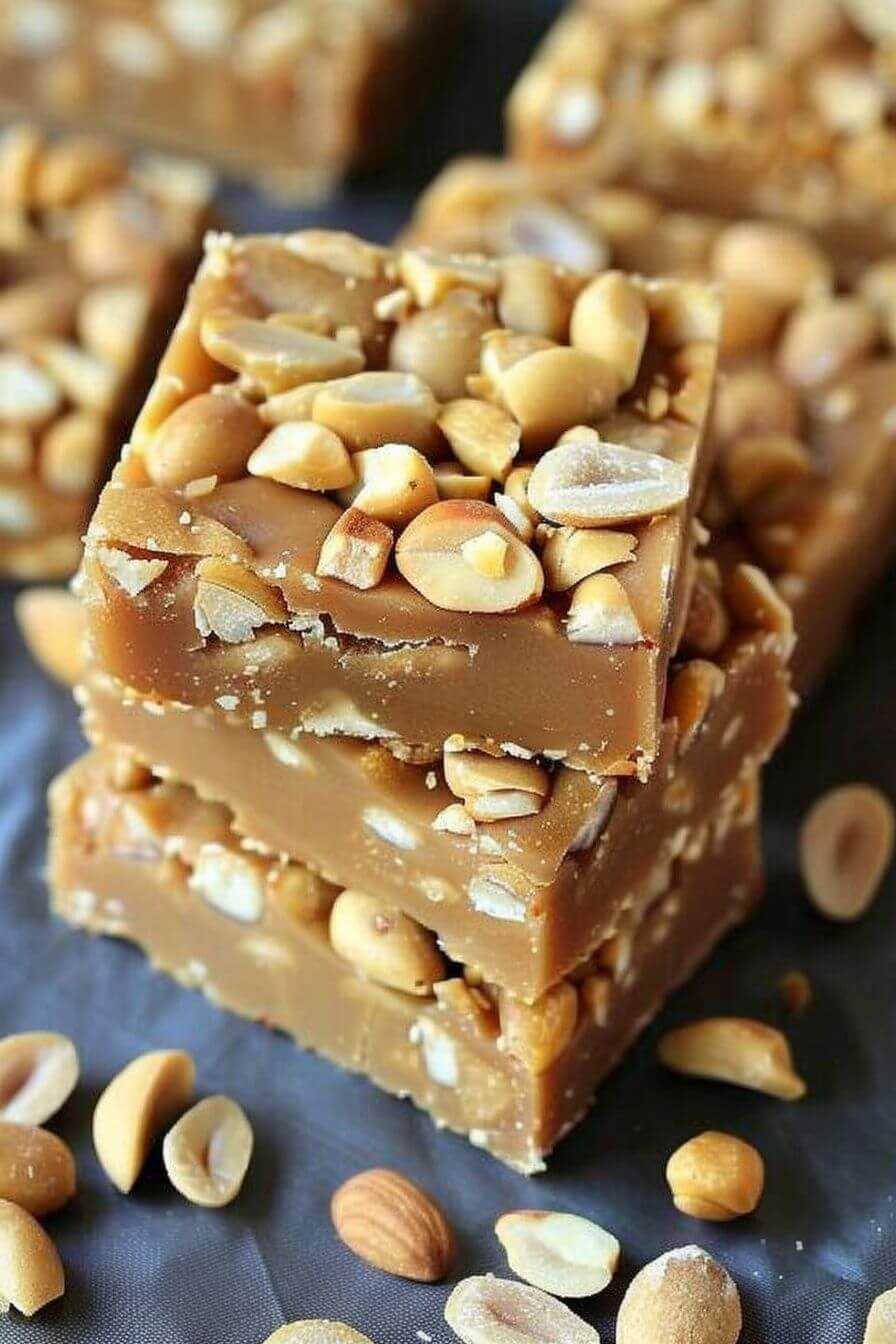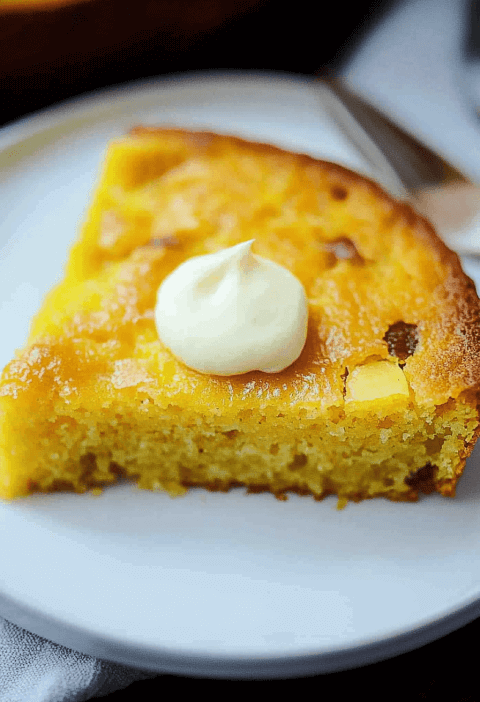Would you like to save this?
English Muffin Recipe
Soft, golden-brown discs bursting with nooks and crannies—this English Muffin Recipe is your ticket to café-style breakfasts at home.
When I first tried making English muffins from scratch, I wondered if I could match the chewy interior and crisp edges of my favorite bakery. After dozens of test batches (and plenty of friendly feedback), my kitchen lab discovered that a warm milk proof and a gentle knead make all the difference. This homemade English Muffin Recipe uses just six everyday ingredients, skips preservatives, and still yields those signature pockets perfect for melting butter. I love serving them on crisp Saturday mornings, slathered with homemade peach jam or creamy avocado. Whether you’re pairing them with spring strawberries or a cozy autumn latte, these muffins fit right into any season.
Why You’ll Love This English Muffin Recipe
• Café-quality texture without special gear
• Just six simple, pantry-friendly ingredients
• No oven bake—griddle or skillet is all you need
• Nooks and crannies capture melting butter and jams
• Ready in about 2 hours, mostly hands-off time
• Customizable—go sweet, savory, or herb-infused
• Budget-friendly—no pricey bakery runs needed
• Fun, low-stress project for kids and beginners
• Skips preservatives and artificial additives
Ingredients for Your English Muffin Recipe
• 3 cups (360 g) all-purpose flour (King Arthur or Bob’s Red Mill)
• 1 cup (240 ml) warm milk (110 °F/43 °C; dairy or almond milk)
• 2 teaspoons active dry yeast (or 1¾ tsp instant yeast)
• 2 tablespoons sugar (cane or honey works)
• 1 teaspoon fine sea salt
• 2 tablespoons melted unsalted butter (plus extra for cooking)
• Semolina or cornmeal for dusting (gives that classic crunch)
• (Optional) ¼ cup plain Greek yogurt for extra tenderness
Tip: Measure flour with a spoon-and-level method to avoid a dry dough. Warm milk gently—too hot can kill the yeast; too cool slows the rise.
Directions
-
Activate the yeast
In a medium bowl, whisk warm milk, sugar, and yeast. Let sit 5–7 minutes until foamy—it’s like a little frothy welcome party for the yeast. -
Form the dough
Stir in flour, salt, melted butter, and yogurt (if using). Mix until a shaggy dough forms. If it feels too sticky to handle, rest 5 minutes so the flour absorbs moisture. -
Knead until smooth
On a lightly floured surface, knead about 8 minutes until the dough is soft and elastic. You can use a stand mixer with a dough hook—just watch closely so you don’t overwork it. -
First rise
Lightly oil a bowl, add the dough, and cover with plastic wrap or a clean towel. Let rest in a warm spot for 1 hour or until doubled in size. (I often pop mine in the oven with just the light on.) -
Shape your muffins
Gently deflate the dough and roll into a ¾-inch-thick circle. Use a 3-inch round cutter or juice glass dusted with cornmeal to cut out muffins—press straight down, don’t twist. -
Second rise
Place rounds on a cornmeal-dusted baking sheet, cover with a cloth, and let rest 25–30 minutes until puffy. They should feel springy when you gently poke them. -
Cook on the griddle
Heat a nonstick skillet or griddle over medium-low heat and brush with butter. Cook muffins 7–8 minutes per side. Look for a deep golden color—adjust heat if they’re browning too fast. -
Cool and slice
Transfer muffins to a wire rack and cool at least 5 minutes before slicing horizontally with a fork or serrated knife—it preserves those lovely nooks.
Servings & Timing
• Yield: Makes 8–10 muffins
• Prep Time: 20 minutes (plus 5 minutes proofing yeast)
• Rise Time: about 1 hour 30 minutes total (first and second rise)
• Cook Time: 15–20 minutes
• Total Time: roughly 2 hours (mostly hands-off)
Variations on This English Muffin Recipe
• Whole-Wheat Blend: Substitute half the flour with whole-wheat for a nutty twist.
• Herb & Cheese: Gently fold 1 tbsp chopped thyme and ¼ cup grated cheddar into the dough.
• Vegan Style: Swap milk for soy, butter for coconut oil, and skip yogurt.
• Cinnamon Sugar: Brush tops with butter and sprinkle a cinnamon-sugar mix before frying.
• Gluten-Free: Use a 1:1 GF flour blend plus 1 tsp xanthan gum; allow extra rise time.
• Everything-Crunch: Coat rounds with everything bagel seasoning before the second rise.
Storage & Reheating
• Room Temperature: Store in an airtight bag up to 2 days—keeps the crumb soft.
• Refrigerator: Up to 5 days in a sealed container to prevent drying.
• Freezer: Flash-freeze on a sheet pan, then move to a bag for up to 3 months.
• To Thaw: Microwave each half 15–20 seconds, or toast directly from frozen.
• Make-Ahead Tip: Freeze uncut muffins, then slice fresh when you toast for ultimate nooks.
Notes
Every batch taught me something new. I once over-floured my dough—those muffins turned out dense, with fewer holes. Let the dough rest if it feels sticky; it’ll firm up and give you more craggy pockets. If your kitchen is chilly, pop the covered dough in the oven with the light on instead of raising the thermostat. A cast-iron griddle will give extra crisp edges, but a nonstick pan keeps cleanup a breeze. And please, use a fork or serrated knife to slice—twisting with a regular knife flattens those nooks.
FAQs
Q: Can I use instant yeast instead of active dry yeast?
A: Yes—just stir it with the flour and skip the foam test; it will still rise nicely.
Q: Why aren’t my muffins rising?
A: Check your yeast—it might be old or exposed to heat. Also, milk hotter than 120 °F can deactivate it.
Q: My muffins taste bland—what happened?
A: Salt brings out flavor, so don’t skip or skimp. Try adding an extra pinch next time.
Q: Can I bake these in the oven instead of on a skillet?
A: Absolutely—preheat to 350 °F, bake on a semolina-dusted sheet for 15–18 minutes.
Q: How do I get more nooks and crannies?
A: Handle the dough gently and avoid adding too much flour; overworking seals up those pockets.
Q: Are there any gluten-free options?
A: Yes—a 1:1 GF blend with xanthan gum works; be patient with the second rise.
Q: What’s the best way to reheat without a toaster?
A: Warm in a 300 °F oven for 5–7 minutes, flipping halfway for both sides crisp.
Q: Can I add seeds or grains?
A: Of course—press sesame, poppy, or flax seeds onto the rounds before cooking for a nutty finish.
Conclusion
This English Muffin Recipe brings bakery-quality breakfasts right into your home kitchen, complete with those irresistible nooks and a tender crumb. It’s simple, flexible, and perfect for sharing with family or friends. Give it a try, leave a comment below, and don’t forget to explore my other favorite breakfast treats—like my cozy Banana Bread or unforgettable Cinnamon Rolls. Happy baking!

English Muffin Recipe
Ingredients
- 3 cups all-purpose flour (King Arthur or Bob’s Red Mill)
- 1 cup warm milk (110 °F/43 °C; dairy or almond milk)
- 2 teaspoons active dry yeast (or 1¾ tsp instant yeast)
- 2 tablespoons sugar (cane or honey works)
- 1 teaspoon fine sea salt
- 2 tablespoons melted unsalted butter (plus extra for cooking)
- Semolina or cornmeal for dusting (gives that classic crunch)
- ¼ cup plain Greek yogurt for extra tenderness
Instructions
- In a medium bowl, whisk warm milk, sugar, and yeast. Let sit 5–7 minutes until foamy—it’s like a little frothy welcome party for the yeast.
- Stir in flour, salt, melted butter, and yogurt (if using). Mix until a shaggy dough forms. If it feels too sticky to handle, rest 5 minutes so the flour absorbs moisture.
- On a lightly floured surface, knead about 8 minutes until the dough is soft and elastic. You can use a stand mixer with a dough hook—just watch closely so you don’t overwork it.
- Lightly oil a bowl, add the dough, and cover with plastic wrap or a clean towel. Let rest in a warm spot for 1 hour or until doubled in size. (I often pop mine in the oven with just the light on.)
- Gently deflate the dough and roll into a ¾-inch-thick circle. Use a 3-inch round cutter or juice glass dusted with cornmeal to cut out muffins—press straight down, don’t twist.
- Place rounds on a cornmeal-dusted baking sheet, cover with a cloth, and let rest 25–30 minutes until puffy. They should feel springy when you gently poke them.
- Heat a nonstick skillet or griddle over medium-low heat and brush with butter. Cook muffins 7–8 minutes per side. Look for a deep golden color—adjust heat if they’re browning too fast.
- Transfer muffins to a wire rack and cool at least 5 minutes before slicing horizontally with a fork or serrated knife—it preserves those lovely nooks.

